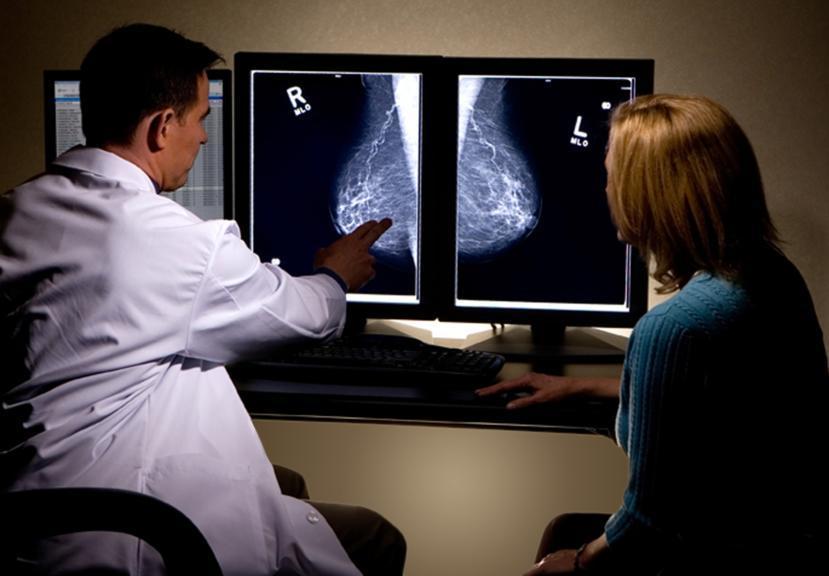Investigating Lumps in Your Breasts

If you have felt a new breast lump that is the same or increasing in size gradually, it is always wise to show this to your health care professional. They will then do a series of tests to investigate if you have a benign lump or breast cancer. Diagnosing and treating early will give you a better prognosis. So, don’t delay your visit to the doctor if you have felt a breast lump.
Once you visit with your doctor, your doctor will ask you about your personal and family medical history. You will be managed in a one stop clinic. The one stop clinic involves a triple assessment, which offers a more thorough and better cancer diagnosis.
The triple assessment
The triple assessment is a series of diagnostic investigations, and these will vary depending on your age and sex. Should it be present, triple assessment has shown to have the best chance of detecting breast cancer.
The triple assessment includes:
- Clinical examination – A physical examination done by your doctor in the clinic.
- Radiological investigation – This includes mammography or ultrasound scan. If you are less than 35-years-old, the preferred test will be an ultrasound scan due to the fact that your breast is more glandular with a less fat content. This method is also preferred because it will minimize unwanted exposure to radiation. However, if you are more than 35-years-old, a mammography is usually preferred because of the high fat content and less glandular breasts.
- Tissue or cellular diagnosis – This requires fine needle aspiration cytology (FNAC), a core biopsy, or both. In a FNAC, cells from your breast lump will be taken out and sent for histology. If they come back as positive then you will require going on to do a core biopsy, which will confirm the diagnosis and look for presence of receptors that increases your chance of breast cancer. Knowing what receptors are present in your breast tissue, such as the estrogen, progesterone, and HER 2 receptors, will aid in the management as well.
Usually, all of these tests will be performed in just one visit, which is why it is called a one stop clinic. If you do have a biopsy, you will be asked to return in five or six days to see the results. A one stop clinic will reduce the time taken to make a diagnosis and it will make sure that if any treatment is necessary, it can be started right away.
If you have been diagnosed with breast cancer, your doctor will carry out further testing to see if the cancer has spread to the rest of the body. These tests include:
- Ultrasound scans of the abdomen.
- CT brain.
- Alkaline phosphatase levels in your blood.
- Bone scan.
If you are a man or woman with a lump in your breast, or you have any other symptoms of breast cancer, visit your doctor and get it investigated.
However, if you do not have any signs and symptoms of breast cancer, it is best that you get yourself checked anyways. This is known as screening. Breast screening allows a doctor to pick up breast cancer before it presents as a lump. This will also allow early treatment and better prognosis












